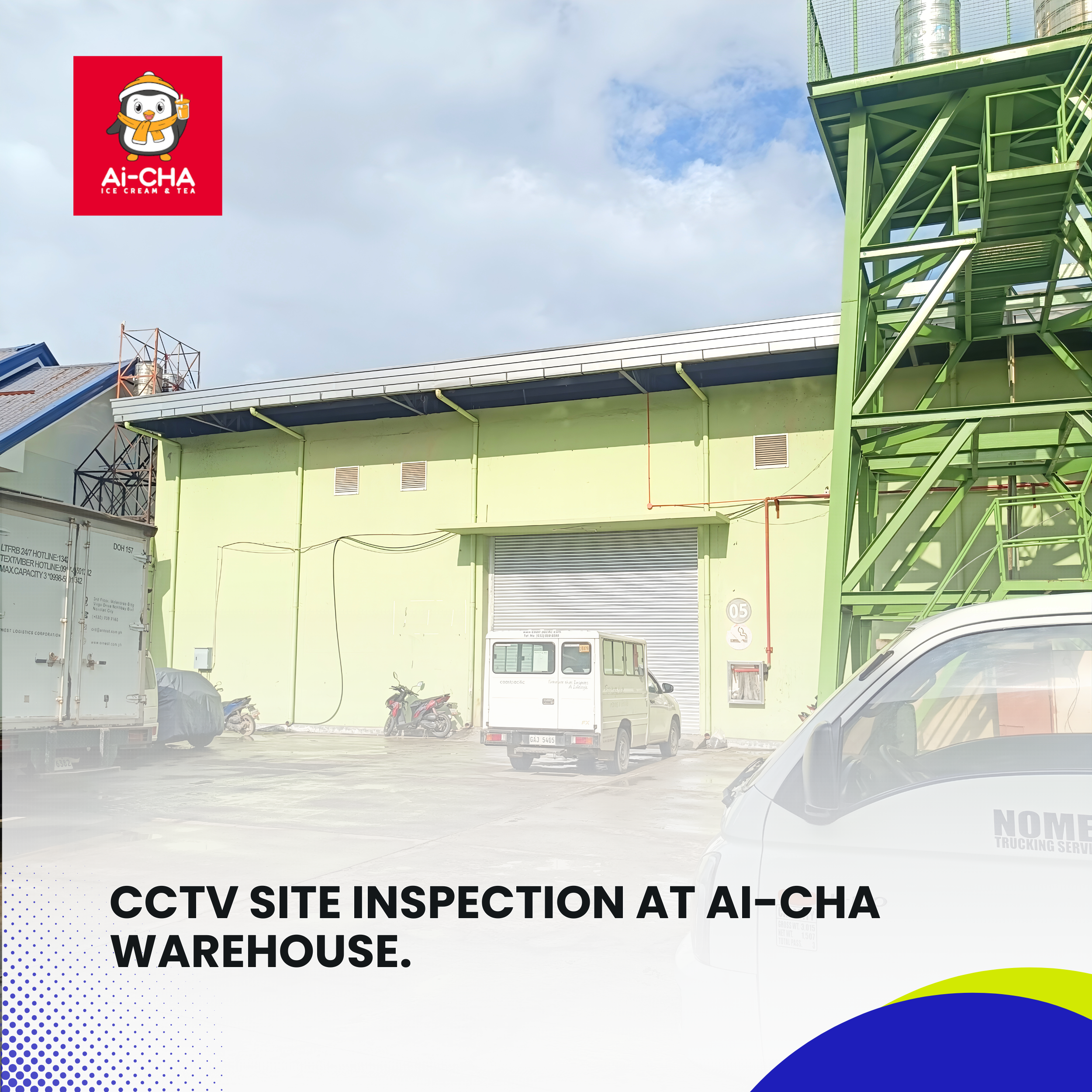Structured Cabling Supply and Installation at Secret Paradise, Palawan — First Progress Update. Introduction The Intercom System Installation Project officially began its first major phase with the start of piping implementation on …
Structured Cabling Service for Cherubim Security Agency Inc.’s RFID Automatic Boom Barrier – 1st Progress Update.







Introduction
In today’s rapidly advancing world of automated security, physical access control systems are evolving to become smarter, faster, and more reliable. One key technology driving this transformation is the RFID-based automatic boom barrier system. At Installersph IT Solutions, we are proud to partner with Cherubim to roll out a comprehensive, secure access solution that begins with a robust structured cabling installation—laying the groundwork for a high-performance RFID boom barrier system.
This marks the first progress update in our implementation journey, and it’s already shaping up to be a project that blends technical precision with practical results. Our experienced team has successfully initiated the core infrastructure deployment with a focus on structured cabling—a critical foundation that ensures seamless communication between all components of the boom barrier system.
Let’s dive into the importance of this project, what structured cabling entails in the context of RFID automation, and why this marks a significant step for our client, Cherubim.
Project Overview: Smart Access Begins with Strong Infrastructure.
The RFID Automatic Boom Barrier system is designed to control vehicle entry in restricted areas using radio frequency identification technology. In this system, vehicles fitted with RFID tags are detected automatically as they approach the barrier, allowing for contactless, efficient entry—ideal for modern residential, commercial, and institutional facilities.
Cherubim, a client committed to enhanced security and operational efficiency, opted to integrate RFID automation for vehicle access control. The first and most essential step in deploying such a system is the establishment of structured cabling—the physical layer of connectivity that links RFID readers, control panels, boom mechanisms, and the main security interface.
Site Execution: Safety, Teamwork, and Precision.
The project kicked off with an onsite assessment, during which our technical team evaluated existing structures, available pathways for cable runs, and optimal placement for equipment. Our team came prepared with the necessary tools, safety gear, and structured cabling materials—UTP cables, PVC conduits, fasteners, and labeling kits.
The structured cabling deployment involved several key steps:
1. Pathway Planning and Mounting.
Our engineers mapped out the most efficient cable routes, considering physical obstructions, safety regulations, and accessibility for future maintenance. Cable trays and brackets were installed overhead and along corners to keep cables secure and organized.
The images captured during the installation show our team hard at work, securely fastening conduits to ceilings and testing tension levels to avoid cable sagging.
2. Cable Laying and Termination.
High-quality Cat6 UTP cables were used for data transmission, ensuring high bandwidth and minimal latency. Each cable was carefully pulled, routed through conduits, and terminated using professional-grade crimping tools. The endpoints were securely connected to patch panels and controller ports.
Proper cable management practices were strictly followed—each bundle was labeled, and color-coded tags were used for easy identification of power lines vs. data lines.
3. Safety Compliance and Testing.
Safety is paramount. Our technicians wore safety harnesses while working at heights and followed lockout/tagout procedures to ensure no electrical hazards were present. Once the cabling was installed, it underwent a rigorous round of testing—using cable testers and certifiers to verify continuity, resistance, and signal integrity.
The Bigger Picture: Smart Access with RFID Automation.
This first phase is part of a broader vision to transform Cherubim’s access control into a smart, automated experience. RFID boom barriers offer a number of benefits over traditional systems:
- Contactless Entry: Vehicles can pass through without stopping or rolling down windows, enhancing both convenience and security.
- Real-Time Monitoring: Integration with software platforms allows real-time logging of vehicle entries and exits.
- Access Control Integration: The system can be synced with staff or resident ID systems to limit access based on authorization.
- Traffic Flow Optimization: Automated barriers reduce bottlenecks during peak hours, particularly in high-traffic facilities.
With structured cabling complete, the next steps involve mounting RFID readers, installing boom mechanisms, and integrating the system with Cherubim’s security software.
Highlights from the Field: A Look at Our Team in Action.
Precision installation of conduit along the ceiling to host signal cables securely.
Our team collaborates on measuring cable runs and conduit lengths to ensure uniform spacing and a clean finish.
Working at height with full safety gear, our team installs overhead cable brackets.
These images reflect our team’s hands-on effort, attention to detail, and commitment to quality.
Challenges and Solutions:
No real-world project is without its challenges, and this one was no different. Some of the hurdles we encountered included:
- Limited Overhead Space: Working in a parking structure meant navigating tight spaces with existing piping and infrastructure. Our team used flexible conduit routing techniques and adjusted the bracket height to maintain separation from high-voltage lines.
- Environmental Exposure: The parking area is semi-outdoor, exposing cabling to humidity and fluctuating temperatures. To address this, we selected weather-resistant conduit material and used shielded cables where necessary.
- Access Restrictions: Some areas were inaccessible during working hours. We scheduled phased installation during low-traffic periods and coordinated closely with Cherubim’s operations team to avoid disruptions.
Each challenge was met with a proactive solution, and the project remains on schedule with solid progress.
Looking Ahead: What’s Next?
Now that structured cabling is in place, the next steps in the project include:
- Installing RFID long-range readers and antennas
- Mounting and configuring the automatic boom barriers
- Integrating the access control system with central monitoring software
- Conducting live testing and calibration
- Training Cherubim’s personnel on usage and maintenance
Conclusion: Building Tomorrow’s Access Solutions, Today.
The successful initiation of structured cabling for the RFID automatic boom barrier at Cherubim is more than just a technical achievement—it’s a symbol of progress. It reflects our shared vision of smarter, more secure environments where access is seamless, data-driven, and fully automated.
This first progress update demonstrates what happens when a passionate team, a forward-thinking client, and modern technology come together. We look forward to sharing more updates as the project advances.
Thank you to Cherubim for the trust and collaboration—and to our hardworking crew for setting a high standard from day one.
Stay tuned for the next milestone!
Case Studies
Starlink and Access Point Site Inspection at Tubod Flowing Water Resort. Introduction. In an increasingly connected world, internet connectivity plays a vital role in both business operations and guest experience. Recognizing the …
CCTV Site Inspection at Ai-CHA Warehouse. Introduction. In today’s business environment, security is a top priority—especially for facilities that store valuable goods and equipment. To enhance the safety and monitoring capabilities of …


